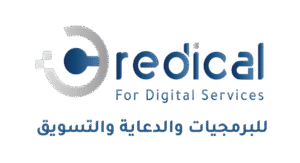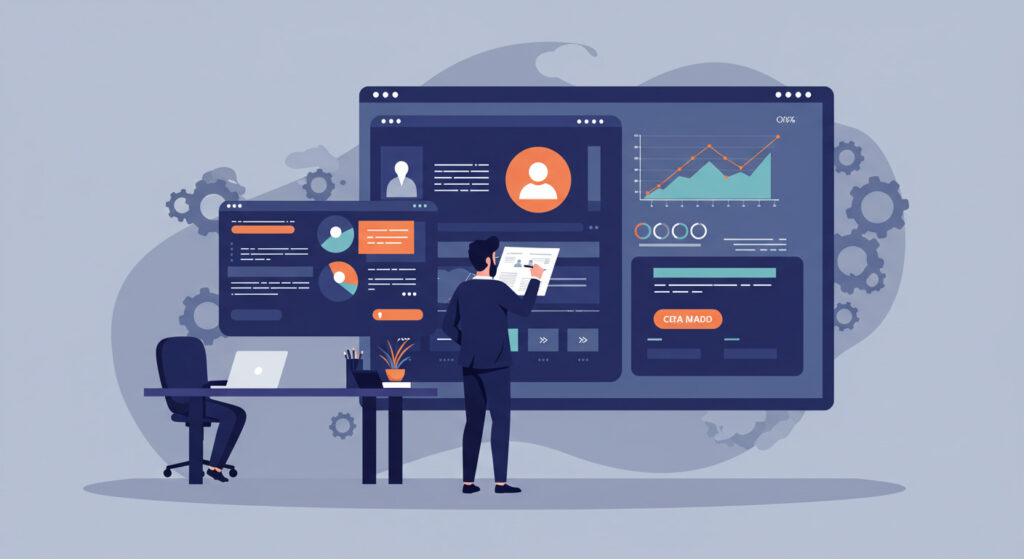Paid online advertising is one of the most prominent digital marketing methods that allows companies to reach their target audience quickly and effectively. Paid ads vary between search engine ads, social media ads, and ads displayed on websites. In this article, we will discuss paid advertising strategies and how to maximize their benefits.
The Importance of Paid Online Advertising
Paid ads are effective for several reasons:
- Quick Access to the Target Audience: Paid ads can instantly appear to users who match the targeted audience profile.
- Full Budget Control: Marketers can define the campaign budget and adjust it as needed.
- Precise Targeting: Platforms like Google and Facebook offer advanced targeting tools that allow companies to reach specific segments based on interests, geographic location, and demographics.
- Instant Results: Campaign outcomes can be measured immediately through available analytical tools.
Types of Paid Online Advertising
- Search Engine Ads (PPC):
- Pay-Per-Click (PPC) advertising is one of the most well-known methods, where payment occurs only when a user clicks on the ad.
- Example: Google Ads, which appear in search results when users search for specific keywords.
- Social Media Ads:
- Ads can be published on platforms such as Facebook, Instagram, Twitter, and LinkedIn.
- Example: Facebook paid ads, which allow precise targeting based on user interests and behavior.
- Display Ads:
- These ads appear in the form of images or graphics on other websites and target users based on prior browsing behavior.
- Example: Google Display Ads, which appear across partner networks.
Strategies to Maximize the Benefits of Paid Ads
- Choose the Right Platform:
- The platform must align with business goals. For instance, if targeting professionals, LinkedIn may be the best option, while Facebook or Google may be better for broader audiences.
- Precise Audience Targeting:
- Leverage targeting tools on platforms like Facebook and Google to reach users most likely to be interested in products or services.
- Optimize Landing Pages:
- Ensure that the landing pages users reach after clicking the ad are optimized to encourage them to take desired actions, such as making a purchase or signing up.
- A/B Testing:
- By testing multiple ads with different elements such as headlines, visuals, and copy, marketers can identify which ads perform best and adjust campaigns accordingly.
- Continuous Analysis:
- Use tools like Google Analytics and Facebook Ads Manager to track campaign performance and refine strategies based on results.
Best Practices for Paid Ads
- Write Compelling Ad Copy: Keep the text simple, engaging, and include a clear call-to-action (CTA).
- Use Special Offers: Discounts or promotions can strongly motivate users to click.
- Target the Right Audience: Ensure precise targeting using demographic, interest, and behavioral data.
Challenges in Paid Online Advertising
- Cost: Paid ads can be expensive, especially when competition for keywords is high.
- Budget Management: Campaigns must be monitored continuously to ensure budgets are not exceeded.
- Mismatched Ads: If ads are not properly targeted, engagement may be low and results weak.
Conclusion
Paid online advertising is a powerful tool in digital marketing. With accurate targeting strategies, optimized landing pages, and continuous performance analysis, companies can maximize their returns from paid ads. However, budgets must be carefully managed and campaigns continuously adjusted to ensure the best results.









